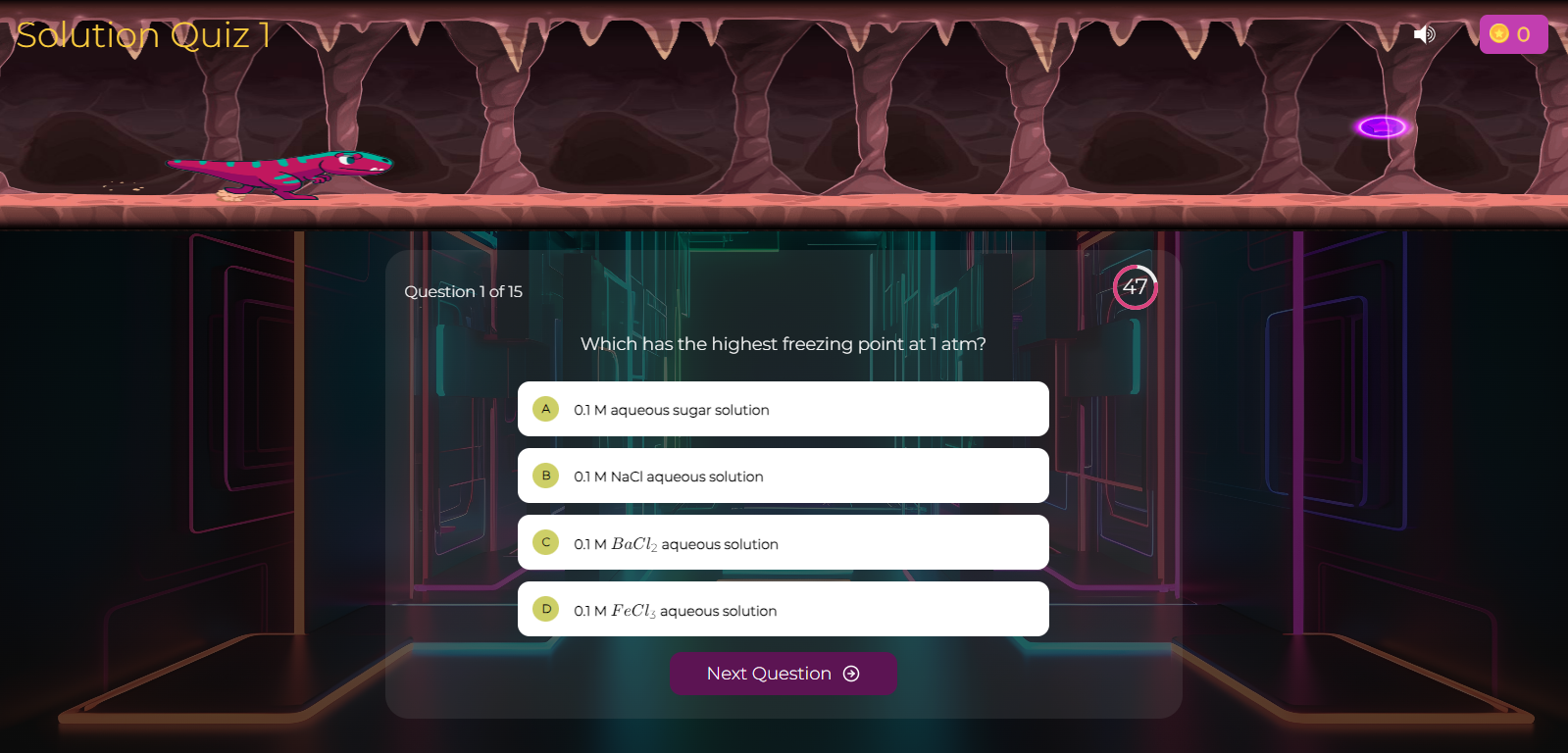
Laws of Motion Quiz-1
Popular Questions In Laws of Motion Quiz-1
A 200 gm ball moving normal towards a wall at 20 m/s rebounds at 10 m/s. The change in momentum of the ball during impact is
During paddling of a bicycle, the force of friction exerted by the ground on the two wheels is such that it acts
A ball of mass 5 kg is moving on a smooth XOY plane at 0.6 m/s along +X direction. It is subject to a constant force of 2N in Y direction. After ‘t’ second the speed of the ball becomes 1 m/s. The value of ‘t’ (in second) is
The velocity of a 2 kg object initially moving at m/s changes to m/s after 3s. The magnitude of force acting on the body is
A clock with 7 cm long light seconds hand carries a 100 gm mass at its free tip. The change in momentum of the mass in 10s is
The driver of a truck, driving at a certain speed, notices a wall ahead at a distance ‘d’. To prevent a collision; he may turn the truck to safety by applying a turning force . He may also prevent collision by a braking force The forces are related as
A block of mass m is placed on a surface with a vertical cross-section given by . If the coefficient of friction is 0.5; the maximum height above ground at which the block can be placed without slipping is
A pendulum is suspended from the ceiling of a lift. The time period of the pendulum in the lift moving upwards with an acceleration ‘a’ is measured to be half the period when it has an equal downward acceleration. The value of ‘a’ is (Take = g 10 )
A stream of glass balls, moving vertically upwards with a speed u, strike a horizontal plate (of mass M) and rebound, therefrom, with the same speed. The disc can be kept floating horizontally, if the number of glass balls (each of mass m), striking it per second, equals.
A and B are two blocks placed on frictionless inclined planes making angles of and respectively with the vertical. The relative vertical acceleration of ‘A’ with respect to B is


